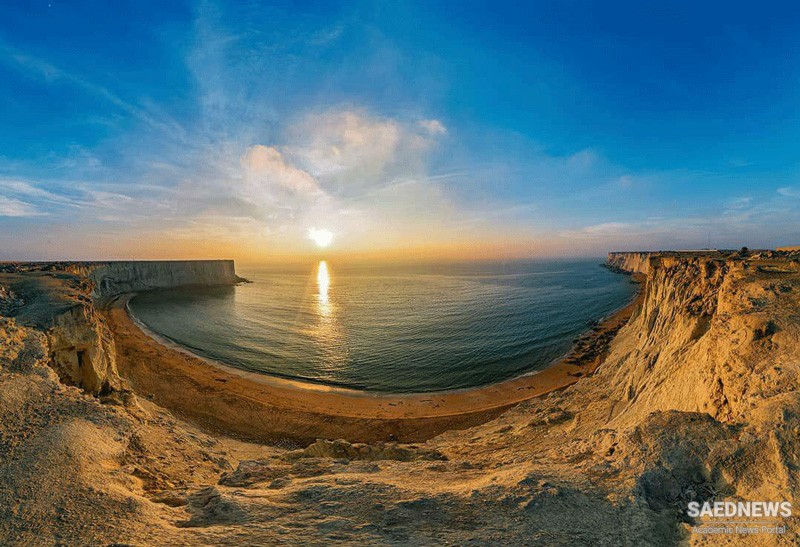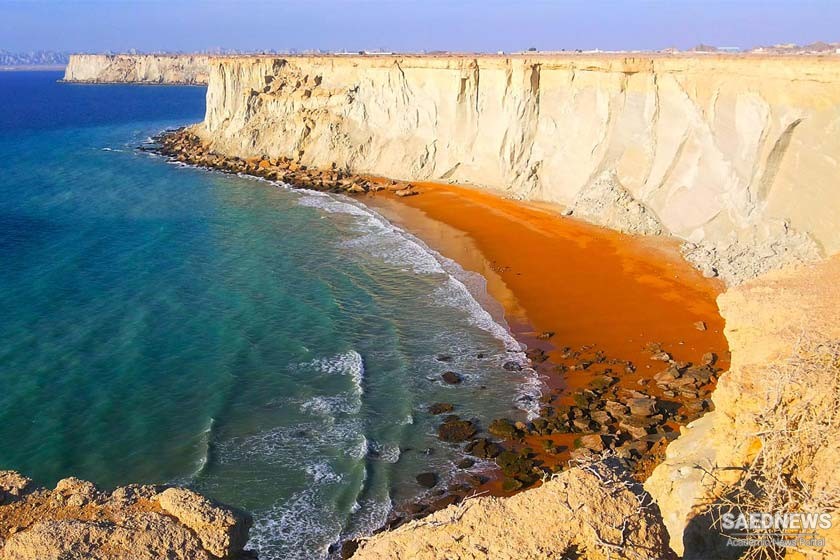Local Clothes
Handicrafts
The common handicrafts of the province include carpet, drugget and rug weaving, needle works, straw mat weaving, coarse blanket weaving and pottery as well as ornament making.
As the province is located in the Lūt Desert, it has clear, starry skies with absolute silence and as it is located in the north of the Sea of Oman. It has beautiful beaches suitable for swimming, boat riding, surfing and other water sports.
Chabahar Free Economic Zone
Chabahar is located in the southern-most part of the province on the shores of the Gulf of Oman. The town was formerly called the Tīs port. Today is one of the most important economic free zones of Iran.
The Desert of Sistan
The Lut Desert, one of the hottest and driest deserts of the world, covers a large part of the province
Sistan Crocodile
This kind of Crocodile which is unique to this region lives in the shallow waters of the Sarbāz river.
Lake Hamun
This lake is a suitable shelter for different rare species of plants and animals. The vegetation of this lake provides a perfect hiding habitat for different species of fish as well as birds such as eagles, hawks and other birds of prey.
Shahr-e Sukhteh
This city is located at 60 km distance to the south of the city of Zabol, 6 km to Ghaleh Rostam. The city has an area of 2.5 square kilometers and contains hills with a height of 50 meters. The civilization in this area dates back to 4000-3500 B.C.
Dahaneh Gholaman Hill
This ancient hill which is located at 44 km distance of Ghaleh-No has a height of 28 meters. Some monuments belonging to the Achaemenid era (550-330 B.C.) have been discovered during archeological excavations.
Khajeh Mountain
The mountain which is one of the most valuable historical places of this province is located in the middle of Lake Hāmūn. It has a height of 900 meters and the remains of a palace and a temple with stunning plaster work and paintings belonging to the Parthian and Sassanid dynasties have been discovered. The shrine of Khajeh Ghaltan, Pir Gandom Berīn and a graveyard are also located there.



 Southeast Iran Home to Mysterious Baluch People: Unyielding Nature and Struggle for Life
Southeast Iran Home to Mysterious Baluch People: Unyielding Nature and Struggle for Life














































